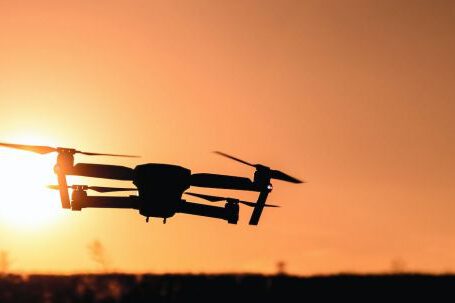The Internet of Things (IoT) has revolutionized many industries, and manufacturing is no exception. With the increasing adoption of IoT technologies, manufacturing landscapes are undergoing significant transformations. This article explores the various ways in which IoT adoption is changing the manufacturing industry.
Enhanced Operational Efficiency
One of the significant impacts of IoT adoption in the manufacturing industry is the enhancement of operational efficiency. IoT devices can collect, analyze, and transmit vast amounts of data in real-time, enabling manufacturers to gain valuable insights into their operations. By monitoring equipment performance, tracking inventory levels, and optimizing production processes, manufacturers can identify bottlenecks and inefficiencies, leading to improved productivity and cost savings.
Predictive Maintenance
IoT adoption enables manufacturers to move from reactive to proactive maintenance strategies through predictive maintenance. By equipping machines with sensors, manufacturers can gather real-time data on their performance, identifying potential issues before they lead to breakdowns. This proactive approach helps reduce downtime, increase equipment lifespan, and optimize maintenance schedules, ultimately improving overall operational efficiency.
Supply Chain Optimization
IoT adoption also plays a crucial role in optimizing supply chain management in the manufacturing industry. By utilizing IoT devices and sensors, manufacturers can track and monitor the movement of goods throughout the supply chain. This real-time visibility enables better inventory management, reduces the risk of stockouts, and improves demand forecasting accuracy. Additionally, IoT-powered supply chain optimization can minimize transportation costs, streamline logistics operations, and ensure timely delivery of products.
Quality Control and Assurance
The integration of IoT devices in manufacturing processes allows for real-time quality control and assurance. Sensors can be used to monitor product quality at various stages of production, ensuring adherence to quality standards and identifying any defects or deviations. Manufacturers can also leverage IoT data to analyze trends and patterns, enabling continuous improvement and reducing the risk of product recalls. By maintaining high-quality standards, manufacturers can enhance customer satisfaction and brand reputation.
Workforce Safety and Efficiency
IoT adoption in manufacturing landscapes also contributes to improved workforce safety and efficiency. Wearable devices equipped with sensors can monitor workers’ health conditions, detect potential hazards, and provide real-time alerts in case of emergencies. This technology helps prevent accidents, reduces the risk of workplace injuries, and enhances overall worker well-being. Additionally, IoT-powered automation and robotics can streamline repetitive tasks, freeing up employees to focus on more complex and value-added activities.
Challenges and Considerations
While the benefits of IoT adoption in manufacturing are significant, there are also challenges and considerations that need to be addressed. Data security and privacy concerns are paramount, as the increased connectivity and data collection expose manufacturers to potential cyber threats. Ensuring robust cybersecurity measures and implementing data encryption protocols are essential to protect sensitive information.
Furthermore, the integration of IoT technologies may require significant upfront investments in infrastructure, equipment, and training. Manufacturers need to carefully evaluate the return on investment and develop a comprehensive implementation plan to maximize the benefits of IoT adoption.
Conclusion
The adoption of IoT technologies is transforming the manufacturing industry, revolutionizing operational processes, supply chain management, quality control, workforce safety, and efficiency. With enhanced operational efficiency, predictive maintenance, supply chain optimization, real-time quality control, and improved workforce safety, manufacturers can gain a competitive edge in the market. However, addressing challenges related to data security and privacy, as well as managing upfront investments, is crucial to ensure successful IoT adoption in manufacturing landscapes. As technology continues to evolve, embracing IoT will become increasingly vital for manufacturers to stay ahead in the rapidly changing business landscape.





